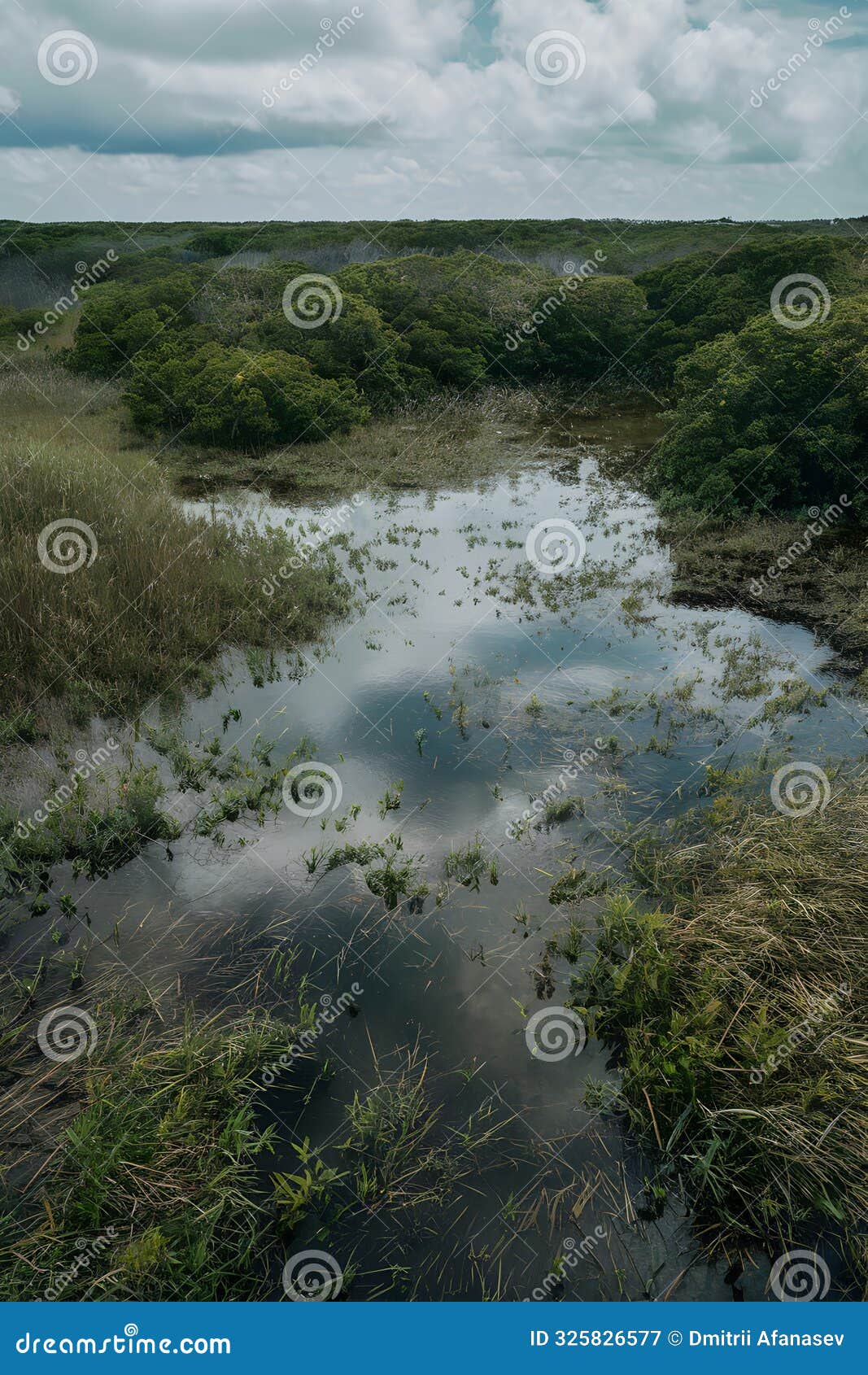Coastal Erosion And Flooding: The Impact Of Rising Sea Levels

Table of Contents
The Science Behind Rising Sea Levels
Rising sea levels are primarily caused by two interconnected factors: thermal expansion of seawater and the melting of glaciers and ice sheets. Sea level rise, thermal expansion, glacial melt, and ice sheet melt are all inextricably linked to climate change and global warming. The increase in greenhouse gas emissions, largely from human activities, traps heat in the atmosphere, causing a gradual warming of the planet.
- Thermal Expansion: As ocean water warms, it expands in volume, contributing significantly to sea level rise. This accounts for approximately one-third of the observed rise.
- Glacial and Ice Sheet Melt: The melting of glaciers and ice sheets, particularly in Greenland and Antarctica, adds vast quantities of freshwater to the oceans, further increasing sea levels. This is accelerating at an alarming rate.
- Data and Projections: Global sea levels have risen by approximately 8-9 inches (20-23 cm) since the late 19th century, with a rate of increase that is accelerating. Projections suggest a further rise of several feet by the end of the century, depending on future greenhouse gas emissions.
The Impact of Coastal Erosion
Coastal erosion, the process of wearing away land along the coast, is significantly exacerbated by rising sea levels. Wave action, storm surges, and the increased intensity of storms all contribute to this erosion. Beach erosion, cliff erosion, and shoreline retreat are common consequences.
- Exacerbated Erosion: Rising sea levels increase the energy of waves and storm surges, leading to more frequent and severe erosion events. Higher sea levels also mean that storm surges reach further inland, causing damage to a greater area.
- Consequences for Ecosystems and Infrastructure: Coastal erosion threatens valuable coastal ecosystems, such as beaches, wetlands, and coral reefs. It also jeopardizes coastal infrastructure, including roads, buildings, and ports, leading to significant economic losses.
- Examples of Impact: Numerous coastal communities around the world are experiencing severe erosion, including the loss of beaches, the collapse of cliffs, and the inundation of low-lying areas. Examples include the Gulf Coast of the United States and many island nations in the Pacific and Indian Oceans.
The Threat of Coastal Flooding
Coastal flooding, encompassing tidal flooding, storm surge flooding, and inundation from rising sea levels, poses a severe threat to coastal populations and economies. Rising sea levels increase both the frequency and severity of these events.
- Increased Flooding Frequency and Severity: Higher sea levels mean that even relatively minor storm surges or high tides can lead to significant flooding. The combination of high tides and storm surges creates particularly dangerous conditions.
- Impacts on Human Populations, Infrastructure, and Economy: Coastal flooding displaces populations, damages infrastructure, and disrupts economic activities, leading to significant losses. Flooding can also contaminate drinking water supplies and spread disease.
- Devastating Coastal Floods: Recent years have seen numerous devastating coastal floods worldwide, highlighting the vulnerability of coastal communities to these events. These floods cause billions of dollars in damages and often result in significant loss of life.
Mitigation and Adaptation Strategies
Addressing the challenges of coastal erosion and flooding requires a two-pronged approach: mitigating sea level rise through reducing greenhouse gas emissions and adapting to the inevitable changes already underway. Climate change mitigation, carbon reduction, and emission reduction are critical to slowing the rate of sea level rise.
- Mitigation: International cooperation and policy changes are essential to reducing greenhouse gas emissions and slowing the rate of climate change. This includes transitioning to renewable energy sources, improving energy efficiency, and promoting sustainable land use practices.
- Adaptation: Adaptation strategies include building seawalls and other coastal defenses, restoring coastal wetlands to act as natural buffers, and implementing managed retreat, where communities relocate away from vulnerable areas.
- Technological Advancements: Technology plays a crucial role in monitoring and predicting coastal changes, enabling better planning and management of coastal zones. This includes improved forecasting of storm surges and the use of remote sensing techniques to track erosion rates.
Conclusion
Rising sea levels are driving significant coastal erosion and flooding, posing a serious threat to coastal communities and ecosystems worldwide. The urgency of this situation cannot be overstated. Understanding the devastating effects of coastal erosion and flooding is crucial. We must all take action to reduce our carbon footprint and support initiatives aimed at protecting our vulnerable coastlines. Learn more about sea level rise and how you can contribute to a sustainable future, including exploring strategies for coastal erosion management and preventing coastal flooding, and working towards reducing the impact of rising sea levels. The future of our coastlines depends on it.

Featured Posts
-
 Henry Cavill Hints At James Bond Role In New Statement
May 11, 2025
Henry Cavill Hints At James Bond Role In New Statement
May 11, 2025 -
 Regalo Presidencial Tres Toros Uruguayos Parten Hacia China Para Xi Jinping
May 11, 2025
Regalo Presidencial Tres Toros Uruguayos Parten Hacia China Para Xi Jinping
May 11, 2025 -
 Jessica Simpson Addresses Marital Issues In New Release
May 11, 2025
Jessica Simpson Addresses Marital Issues In New Release
May 11, 2025 -
 Uruguay Vs Colombia En Vivo Sigue El Sudamericano Sub 20 Minuto A Minuto
May 11, 2025
Uruguay Vs Colombia En Vivo Sigue El Sudamericano Sub 20 Minuto A Minuto
May 11, 2025 -
 The Unpaid 1 Tom Cruises Debt To Tom Hanks
May 11, 2025
The Unpaid 1 Tom Cruises Debt To Tom Hanks
May 11, 2025
